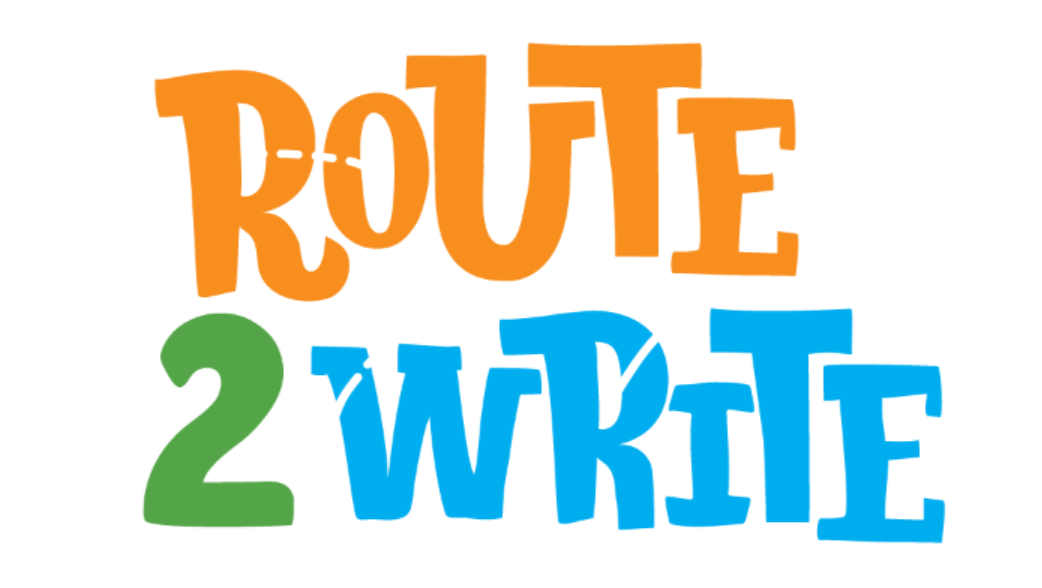At Route2Write, we’ve noticed something inspiring this year. Many of our students have been keeping up with their writing practice all summer long! Parents often ask us: how much work should my child really be doing over summer break? The answer isn’t about piling on hours of homework; it’s about finding the right balance, backed by what research tells us.
The Science Behind Summer Learning
Studies show that students can lose up to two months of academic progress over the summer if they stop practicing completely—often called the “summer slide.” But the good news is that just a small, consistent amount of work can make a huge difference. Research suggests that 20–30 minutes a day, 3–4 times a week, is enough to maintain and even improve skills. For writing in particular, short, focused practice sessions are more effective than long, stressful study blocks.
Why Writing Practice Matter
Writing is one of the core skills for elementary and middle school students. Regular summer writing helps children:
- Strengthen grammar, punctuation, and sentence structure.
- Expand vocabulary and improve clarity of expression.
- Build confidence for essay writing and creative projects in the upcoming school year.
- Stay engaged with academic habits so September feels less overwhelming.
Simple tasks like journaling, creative story prompts, or short structured paragraphs are often enough to keep skills sharp.
Finding the Balance
Summer should still be a time for fun, relaxation, and family. That’s why the key is consistency, not intensity. Rather than hours of daily assignments, a few short writing activities each week can help students stay on track—without sacrificing their holiday.
The right amount of summer work is all about balance: a steady rhythm of short, engaging writing practice that prevents skill loss and boosts confidence for the new school year. At Route2Write, our online writing courses for elementary students and middle school learners are designed with this balance in mind—making practice enjoyable, effective, and easy to fit into a busy summer schedule. With the right support, your child will step into September confident, prepared, and ready to succeed.

